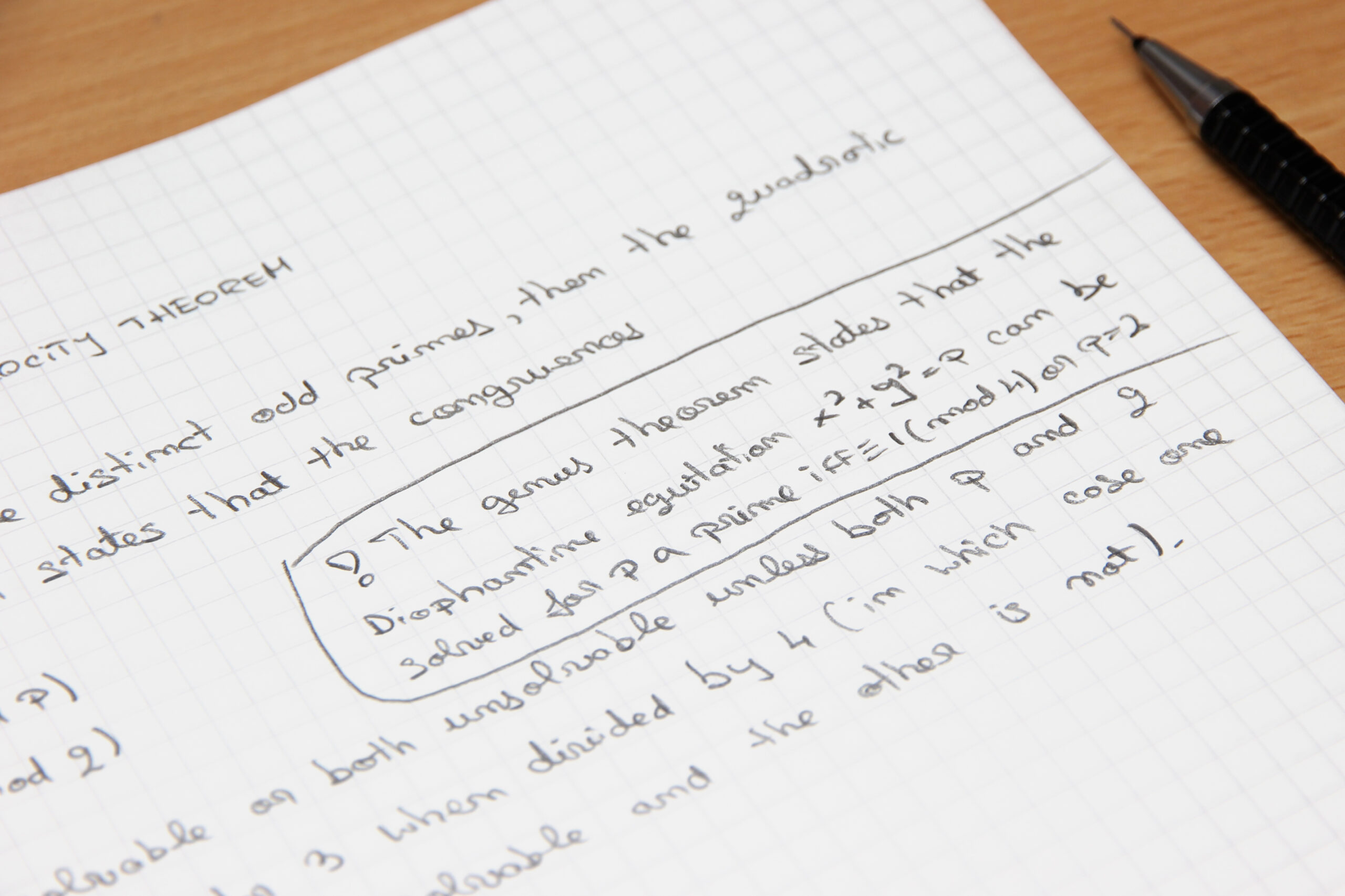In an era where our cognitive landscapes are increasingly dominated by digital interfaces, the art of note-taking has transcended traditional pen-and-paper methodologies. Taking math notes on a computer embodies a unique fusion of technology and pedagogical philosophy. This guide explores systematic approaches to enhance mathematical note-taking, ensuring that your documentation becomes a valuable resource rather than a mere transcription of lectures.
Understanding the Digital Canvas
Imagine your digital workspace as a vast, boundless canvas awaiting the brushstrokes of your intellect. Each mathematical concept is akin to a vibrant hue, contributing to the intricate tapestry of understanding. To harness this potential, you must select an appropriate software platform that aligns with your cognitive style and organizational needs. Popular choices encompass tools like Microsoft OneNote, Notion, and LaTeX-based editors, each offering unique advantages tailored to different mathematical disciplines.
Establishing a Structured Framework
Structure serves as the foundation of comprehensive note-taking. Begin by developing an overarching organizational schema that categorizes topics, subtopics, and pertinent definitions. Utilizing a hierarchical outline facilitates easier navigation through complex material. For example, you could designate chapters or sections for calculus, algebra, and statistics, further subdividing each area by concepts such as differentiation, integration, or probability distributions.
Within this structure, employ color-coding and themed formatting to differentiate between various concept types and levels of importance. This visual stratification not only aids in clarity but also enhances retention; much like a seasoned artist employs contrasting colors to define shapes and highlights in a painting.
The Art of Active Engagement
Mathematics is not a passive endeavor; it requires active engagement. Rather than recording information verbatim, engage with the material while taking notes. Summarize concepts in your own words and pose questions as you progress. This technique acts as a cognitive catalyst, stimulating further inquiry and allowing for deeper comprehension. For instance, when learning about the Pythagorean theorem, rather than merely copying the formula, explore its derivation and applications. Frame it as a query: “How can this theorem be applied in real-world contexts?” This transformation from passive observer to active participant is crucial for mastery.
Incorporating Visual Aids
Visual aids are critical allies in the conquest of abstract mathematical ideas. Mathematical concepts can often be elusive, akin to shadows that flicker in the periphery. Diagrams, graphs, and flowcharts can illuminate these shadows, providing clarity. Utilize the capabilities of your software to create or import visual aids. Tools such as GeoGebra and Desmos are invaluable for graphing functions and visualizing geometric transformations.
In your notes, embed these visuals strategically. For example, when discussing functions, integrating a graph alongside the function’s formula enhances understanding by providing a concrete representation of abstract ideas. This approach will resonate with your visual intelligence and help to cultivate a more holistic grasp of the material.
Employing Semantic Technology
The advent of semantic technology in note-taking can revolutionize your approach. Utilizing features such as tagging, hyperlinking, and embedding resources enhances the interconnectivity of ideas. Tagging enables you to associate related concepts, facilitating quick reference during review sessions. Hyperlinks can lead you to supplemental educational material or in-depth explorations of complex theories, creating an interconnected web of knowledge akin to a rich, branching tree, with each branch representing a additional layer of understanding.
Furthermore, embedding videos or interactive content can provide dynamic elements within your notes, offering alternatives to traditional explanations. Imagine comprehending the intricacies of calculus through a video demonstration, bringing life to static equations and ultimately fostering a more profound appreciation of the subject matter.
Creating a Review Routine
Understanding the fleeting nature of memory, it is imperative to establish a systematic review routine. Regularly revisiting your notes through active recall techniques — such as self-quizzing or summarization — can solidify your understanding and reinforce neural pathways. Designate specific intervals for revision, using spaced repetition to optimize retention. This structured approach will ensure that the ephemeral nature of knowledge becomes stable and enduring.
A meticulous review does not merely entail revisiting prior material; it should provoke self-questions and reflections. Ask yourself, “How does this connect to what I already know?” or “What real-world scenario can this concept apply to?” These prompts foster connectivity within your cognitive architecture, helping weave a intricate network of understanding that enhances both retention and application.
Conclusion: Crafting a Legacy of Knowledge
In essence, taking math notes on a computer is akin to building a digital legacy of knowledge. It is a methodical interplay between structure and creativity. By establishing a meticulous framework, engaging actively with material, integrating visual aids, leveraging semantic technology, and committing to a review routine, you cultivate a rich resource that not only serves as an academic tool but also as a repository of personal intellectual growth. With this cultivated practice, you embark on a journey where the once-daunting realm of mathematics transforms into an inviting and enlightening pursuit, stimulating both the intellect and the spirit.












